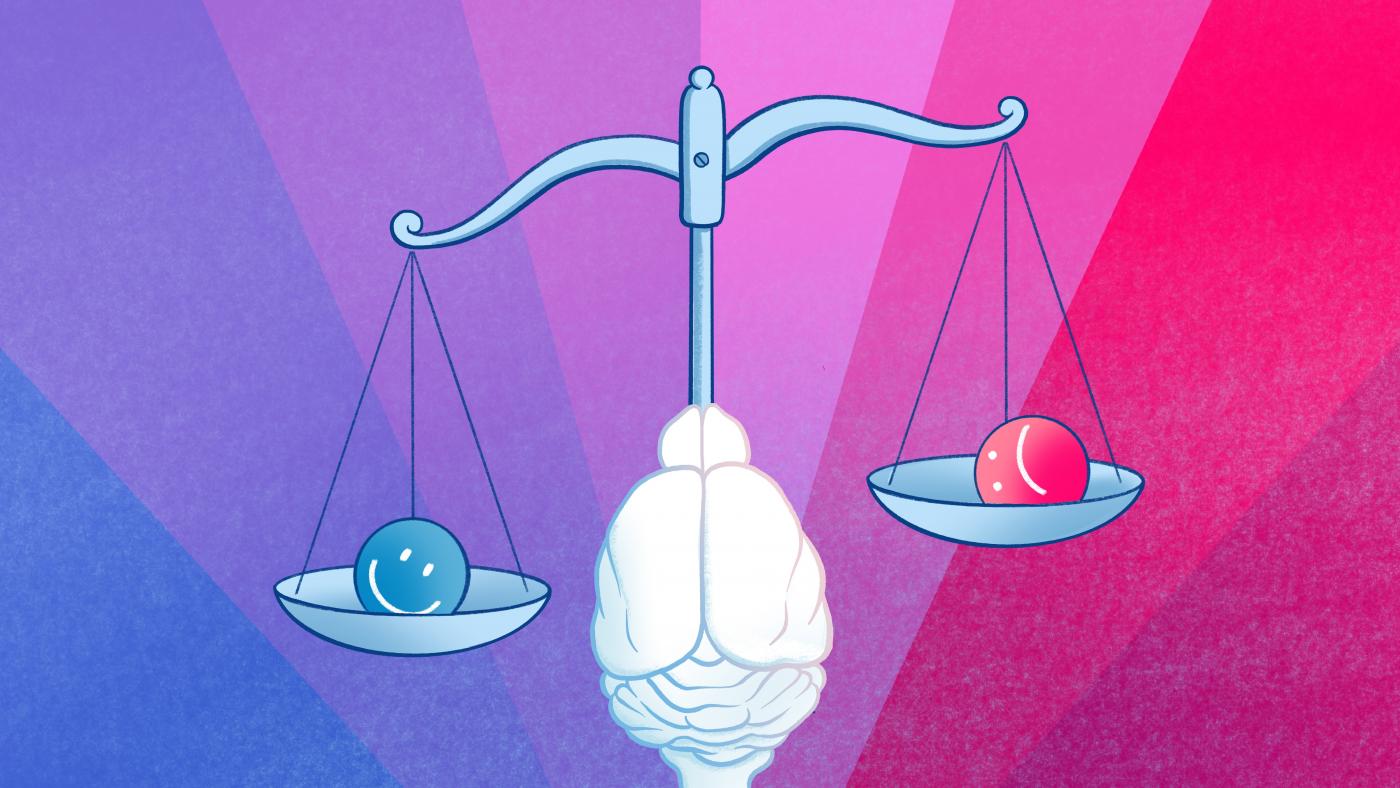NEW YORK — New scientific evidence has emerged that opioids, the cause of an ongoing public health crisis, can have a biological impact not only on those who use them, but on their progeny. In a study of rats, males with a father repeatedly exposed to morphine tended to be more sensitive to the pain-relieving effects of the opioid. Their brains were altered by their dad’s experiences with the drug, seemingly passed down on his DNA.
Published today in Science Advances, this research could lay the foundation for new approaches to curbing the opioid epidemic.
“We don’t yet know if the intergenerational effects of morphine we see in rats also occur in humans,” said first author on the paper Andre Toussaint, a PhD candidate in the Wimmer lab at Temple University. “But if they do, people with a family history of opioid use disorder might be more strongly affected by—and potentially more easily addicted to—these drugs.”
The findings, made possible by a new method of measuring pain and the alleviation of pain, also cast doubt on decades of pain research that employ older, more subjective methods.
“Although pain impacts millions of people every day, the quantitative measurement of painful experiences remains difficult for scientists to capture,” said senior author Ishmail Abdus-Saboor, PhD, who conducted this research at the University of Pennsylvania and is now a principal investigator at Columbia’s Zuckerman Institute. “By rethinking how we measure pain, we are gaining a better understanding of the substances we use for pain relief.”
Although pain impacts millions of people every day, the quantitative measurement of painful experiences remains difficult for scientists to capture
Simulating Opioid Use in the Lab
These researchers are not the first to investigate the impacts of opioid exposure on a rodent’s family lineage. But previous work had significant limitations. Scientists might test the consequences of a single, unrealistically large dose of the morphine, for instance.
“We wanted to set up experiments that better simulated how patients use morphine for pain management, in small and repeated doses,” said Toussaint.
In the new study, male rats could choose to push a lever to receive an intravenous dose of morphine. This went on for two months, giving the drug time to affect all of a rat’s sperm. Toussaint worked only with male rats because studying the father’s lineage provides a unique opportunity to identify changes in the biology of his sperm that is passed down through the DNA to his offspring. Another advantage of working with only males for this study is that male rats, unlike females, do not participate in caring for their offspring. This limits the father’s influence on the behavior towards his young.
Putting Pain on a Scale
To understand the consequences of this morphine use, the researchers needed to measure how effectively the drug blocked pain in their animals. But traditional lab tests for pain tend to be crude. A scientist might touch a rodent with an object, for instance, and assume that if its paw moves, it feels pain.
“This is an established technique in science, but the problem is that it’s very subjective,” said Will Foster, an author on the new paper that worked in the Abdus-Saboor lab during the study and is currently a research technician in the Marlin lab at Columbia’s Zuckerman Institute. “Labs doing the same test got different results; even people in the same lab got different results.”
Foster worked with Dr. Abdus-Saboor on developing a more sensitive and sophisticated technique. It starts with a high-speed video camera that records, at thousands of frames per second, how a rodent responds to being touched by different objects: to measure, quantitatively, movements of the eyes, paws and head. This footage is then analyzed by a machine learning algorithm that distinguishes a response indicating pain from a reaction to simply being touched. This new method, as applied to mice, was published in 2019.
Discovering an Intergenerational Sensitivity
After adapting their new pain scale for rats, the researchers then assessed the animals’ responses. They touched the rodents’ paws with a small pin, which created an unpleasant sensation on the level of dipping a toe in a bath that’s too hot. Scientists who study pain are careful to conduct their experiments humanely, and the Abdus-Saboor lab is no exception; in fact, the greater sensitivity of their new pain scale allowed them to use fewer rats and create less discomfort than previously possible.
In these studies, male offspring of rat fathers exposed to morphine had the same reaction to pain as those sired by normal rats. But they required lower doses of morphine to tamp down that pain. Traditional methods of assessing pain did not detect this difference.
Uncovering Changes in the Progeny’s Brain
Going one step further, the researchers then looked at brain areas known to be important for a rat’s experience of and response to pain. They discovered changes in the activity of 175 genes in the periaqueductal gray region, which is involved in blocking pain signals, in rats born to morphine-treated males. Some of these genes are related to proteins that regulate the production of opioid receptors in the brain.
“Our results suggest that the father’s chronic exposure to morphine resulted in changes in gene activity in his male offspring’s brain, which led cells in this brain region to have a greater number of opioid receptors,” said Toussaint. “This could explain why the male progeny of morphine-exposed fathers are more sensitive to the pain-relieving effects of the opioid morphine.”
Rethinking Pain Research
In addition to its implications for opioid use, this research also yielded a startling finding about previous work on pain. While adapting their pain scale from mice to rats, the researchers pressed threads against the paws of the animals. Their machine learning algorithms revealed that the animals seemed to feel no pain from the filaments; the rats reacted as if being touched by a cotton swab.
This is surprising because the threads, called von Frey hairs, are a standard, widely used test for pain in rats. They’re even deployed in the clinic, to assess patients’ sensitivity to pain.
“What we found has the potential to overturn more than 50 years of studies in rats relying on this method,” said Dr. Abdus-Saboor, who is also an assistant professor of biological sciences at Columbia University. “This is a powerful illustration of why we need better ways to measure pain in rats and in people, in the lab and the clinic.”
###
“Chronic paternal morphine exposure increases sensitivity to morphine-derived pain relief in male progeny” appeared on February 16 in Science Advances. Authors are Andre B. Toussaint, William Foster, Jessica M. Jones, Samuel Kaufmann, Meghan Wachira,
Robert Hughes, Angela R. Bongiovanni, Sydney T. Famularo, Benjamin P. Dunham,
Ryan Schwark, Reza Karbalaei, Carmen Dressler, Charlotte C. Bavley, Nathan T. Fried,
Mathieu E. Wimmer and Ishmail Abdus-Saboor.
The authors declare no conflicts of interest.

